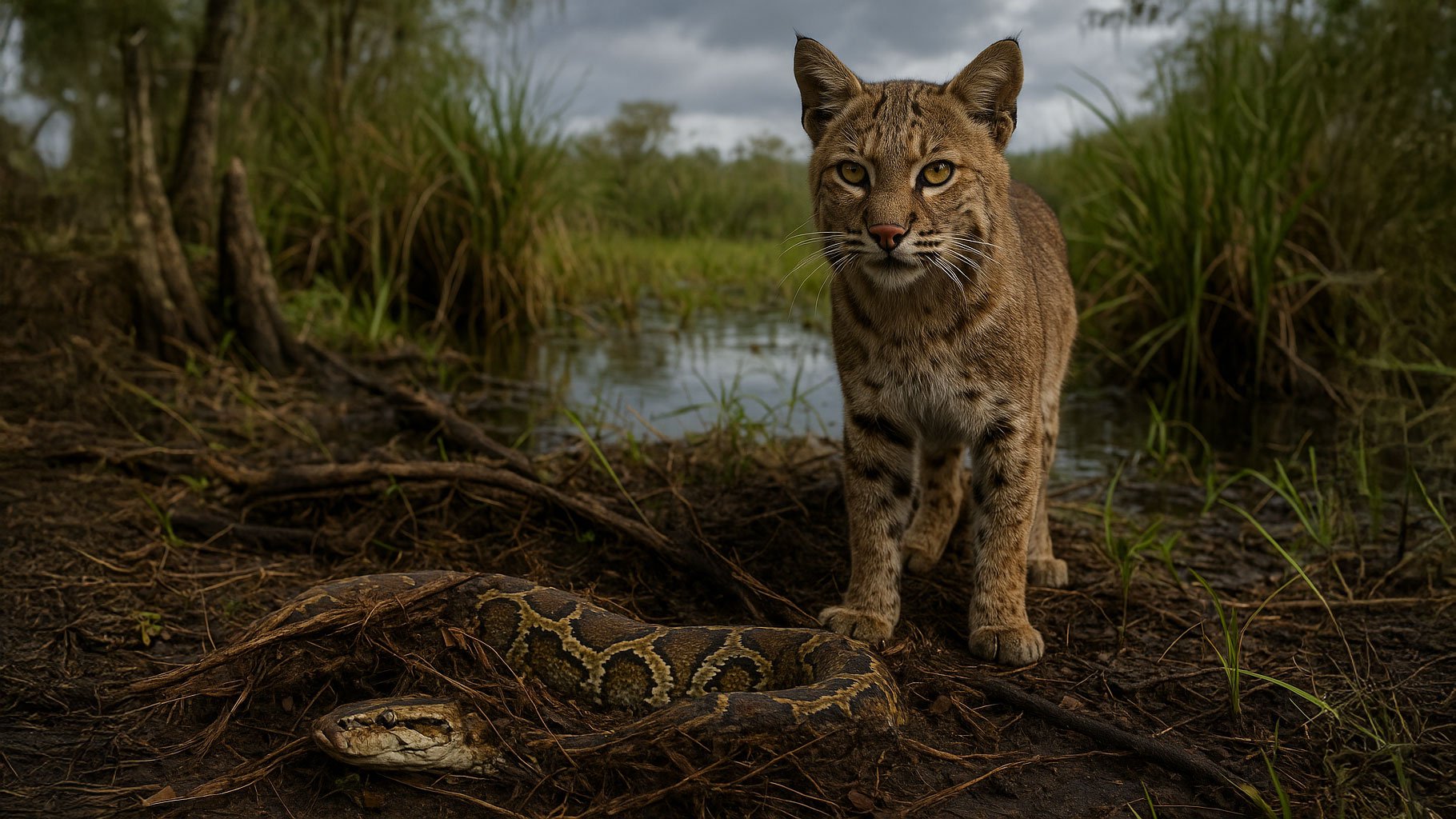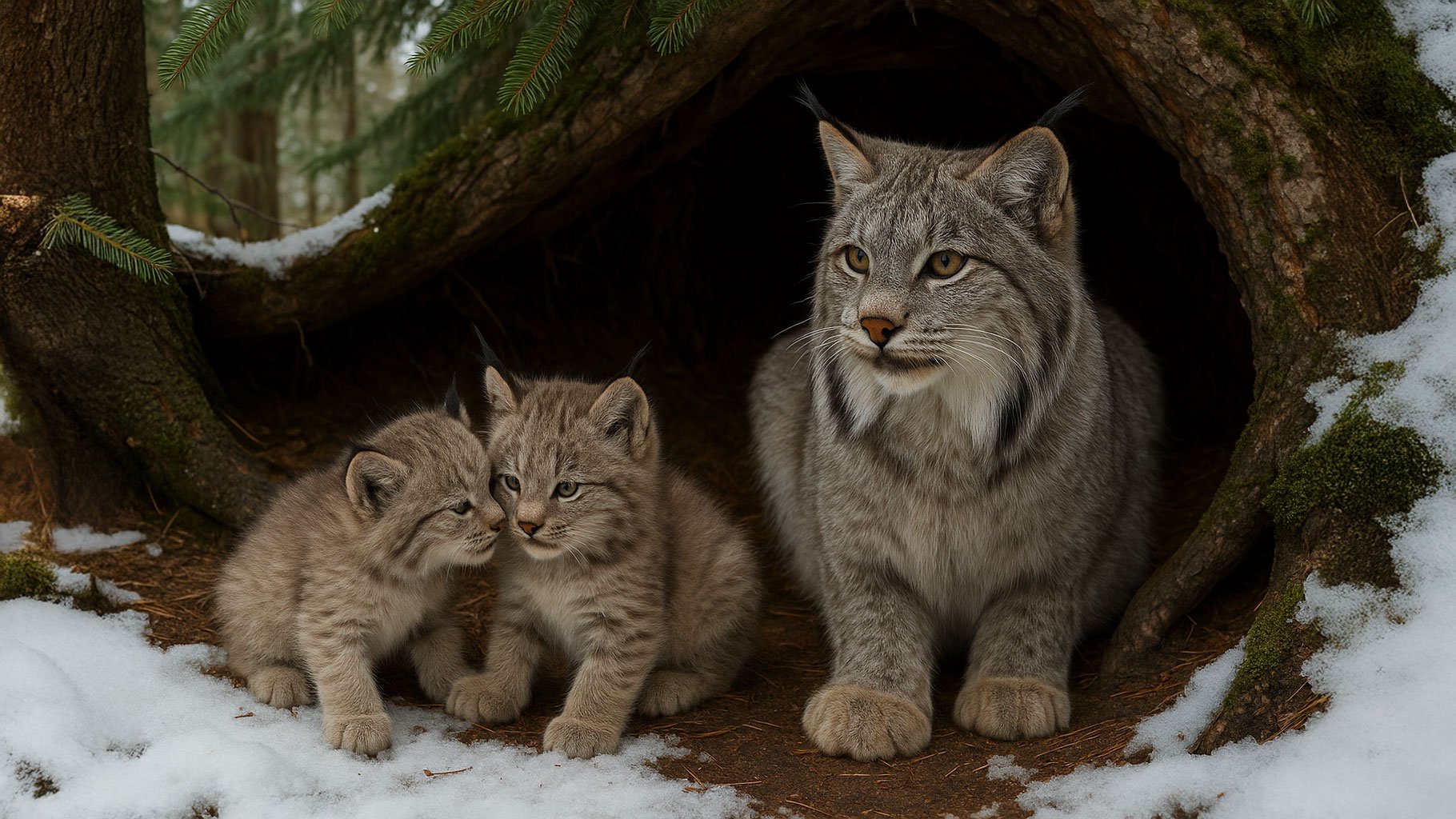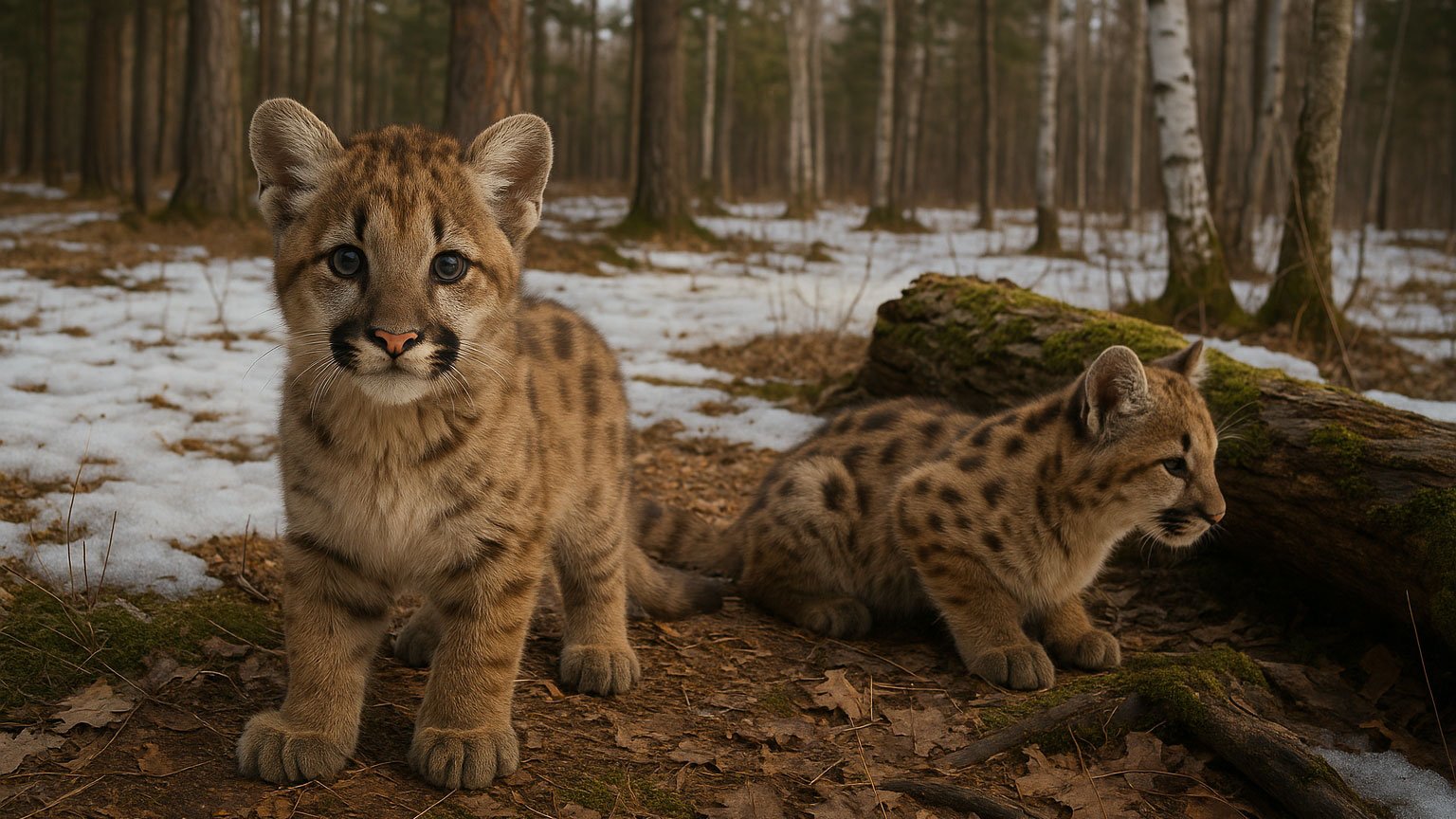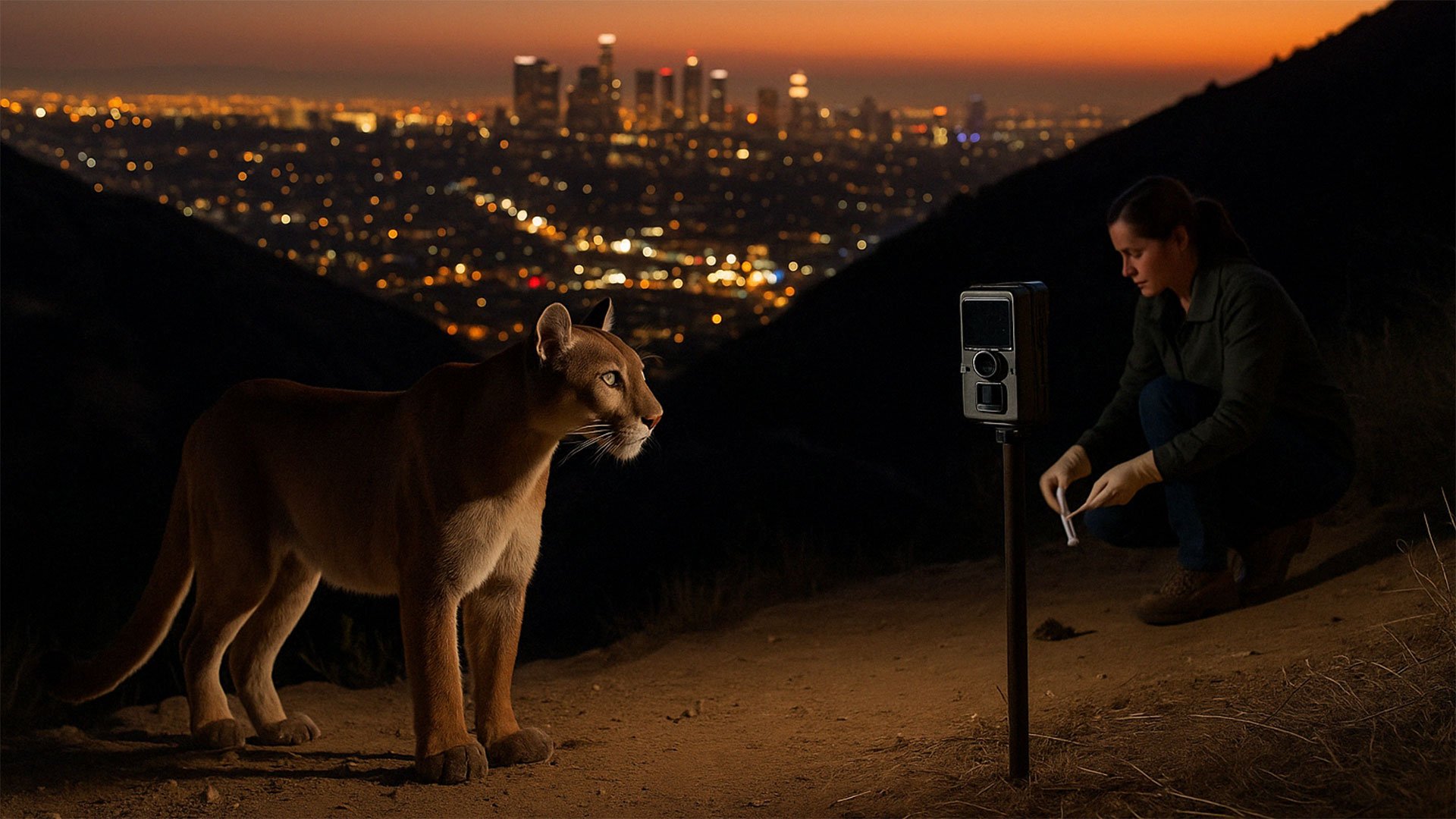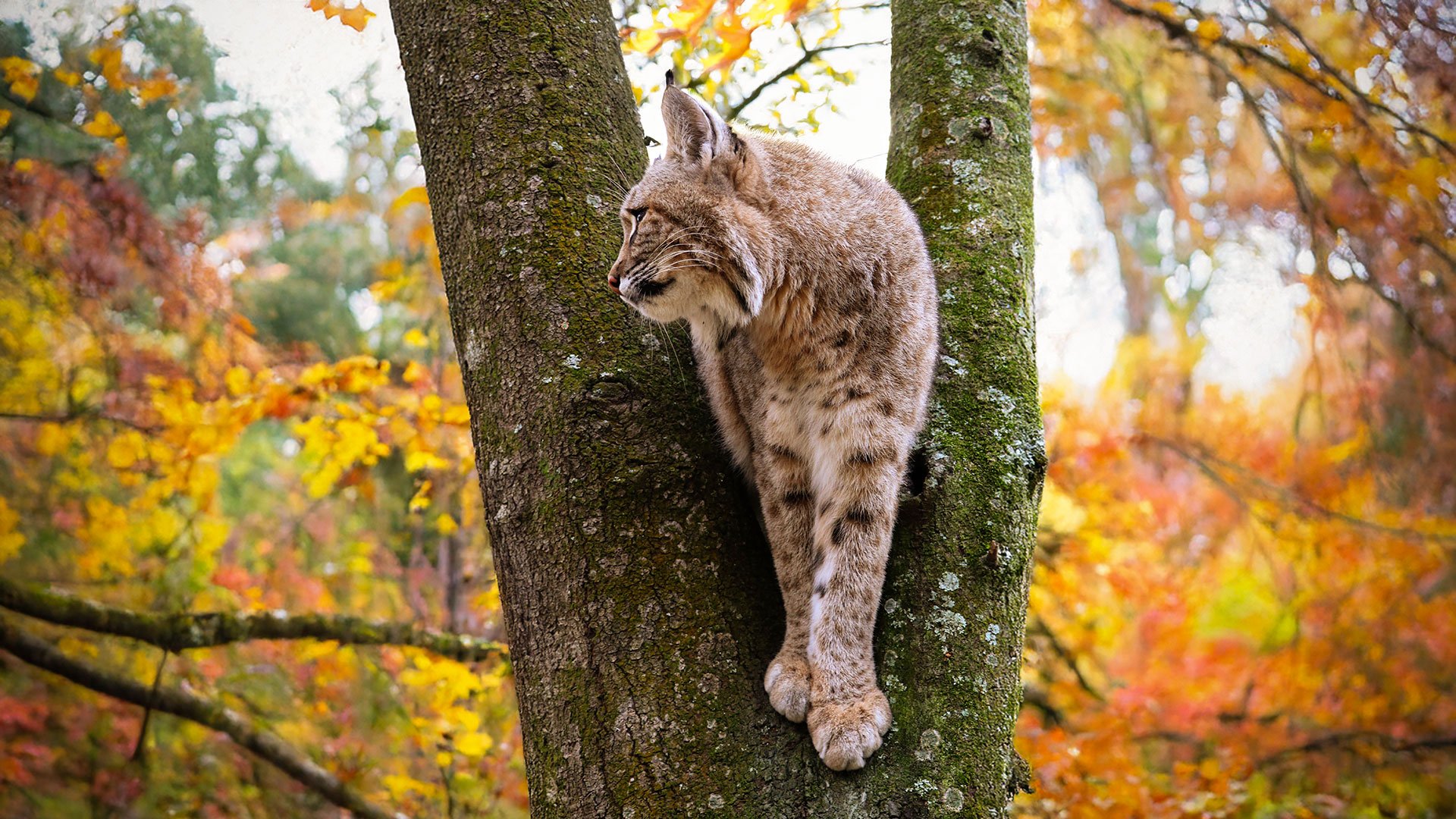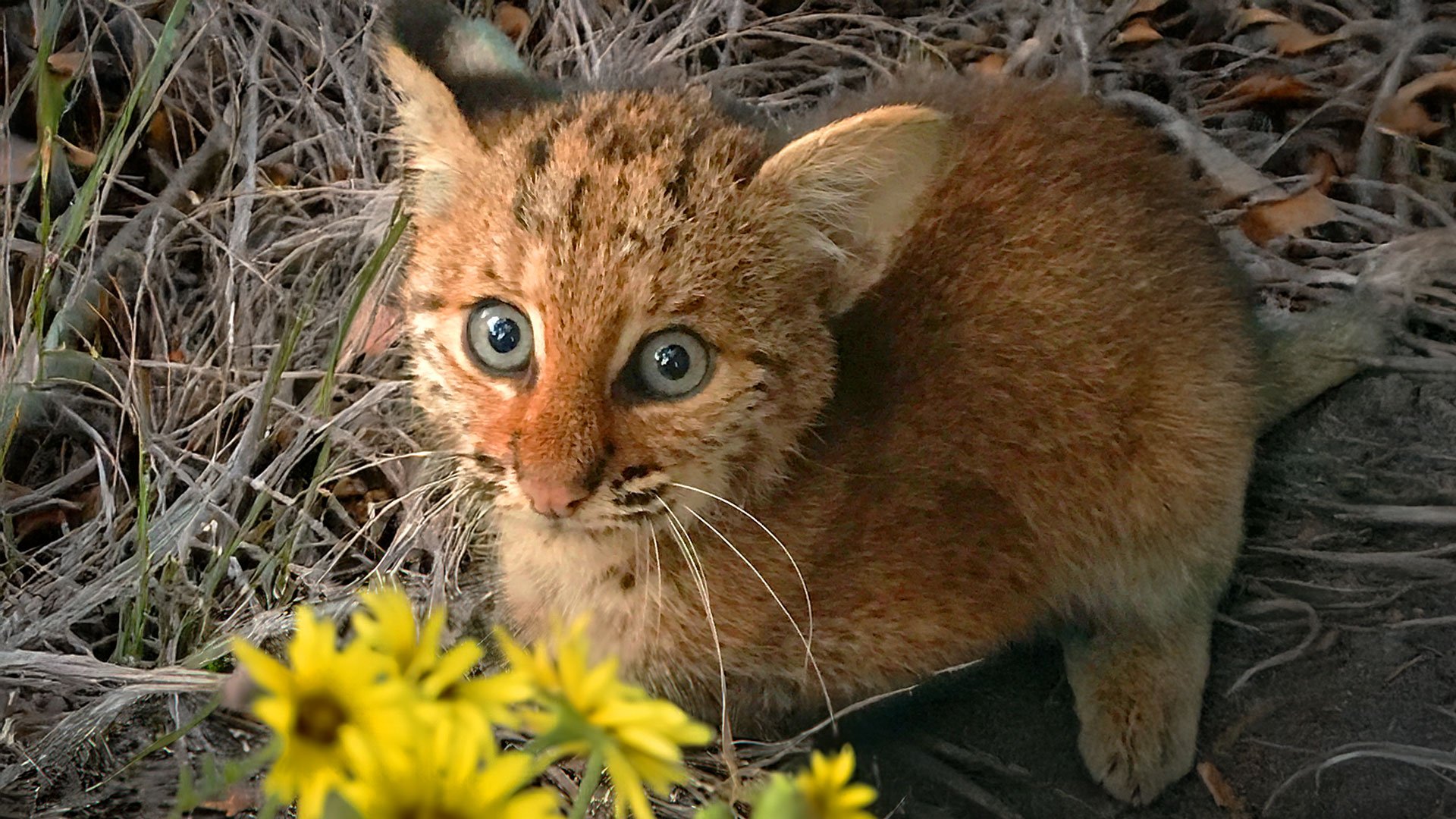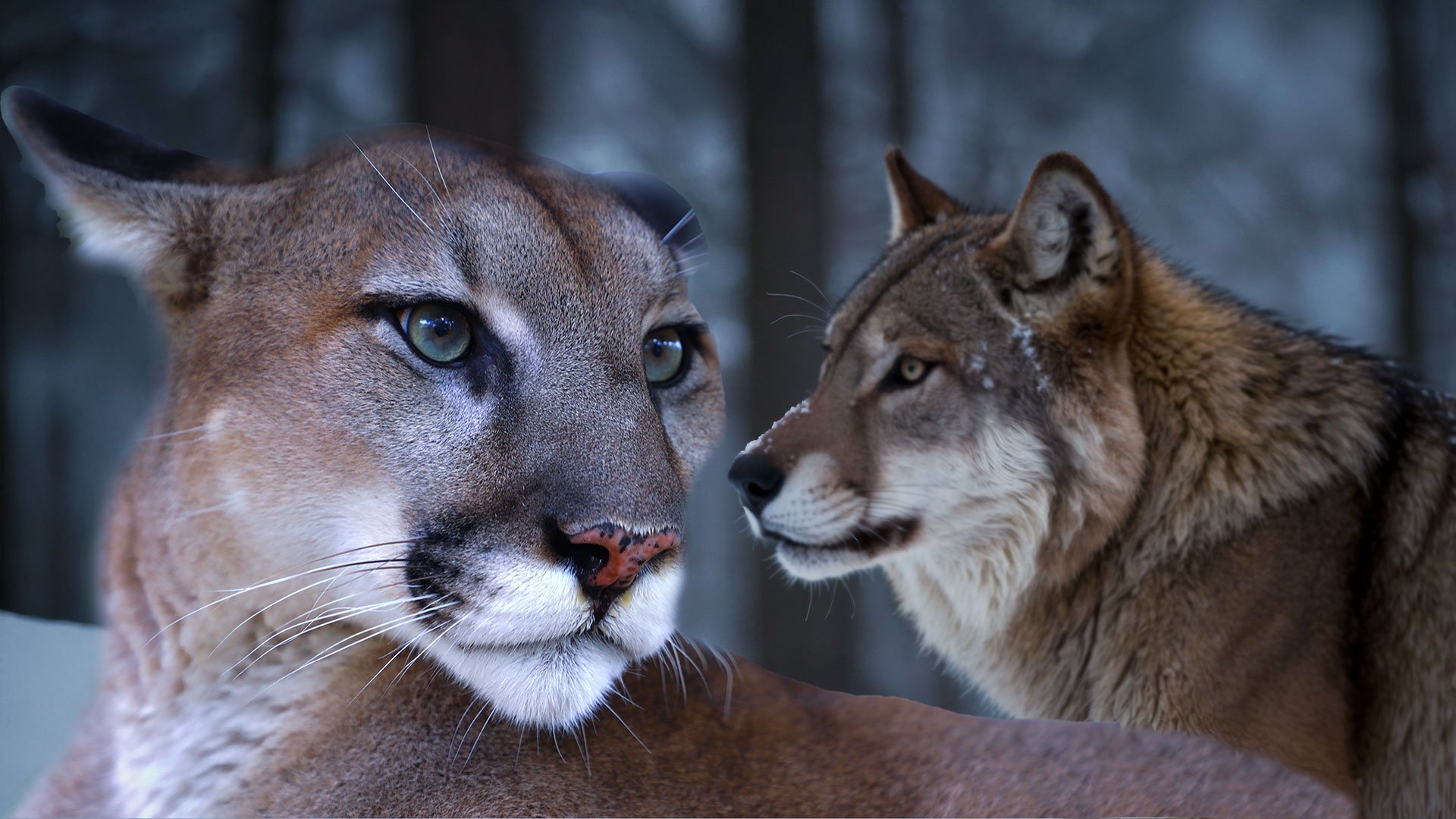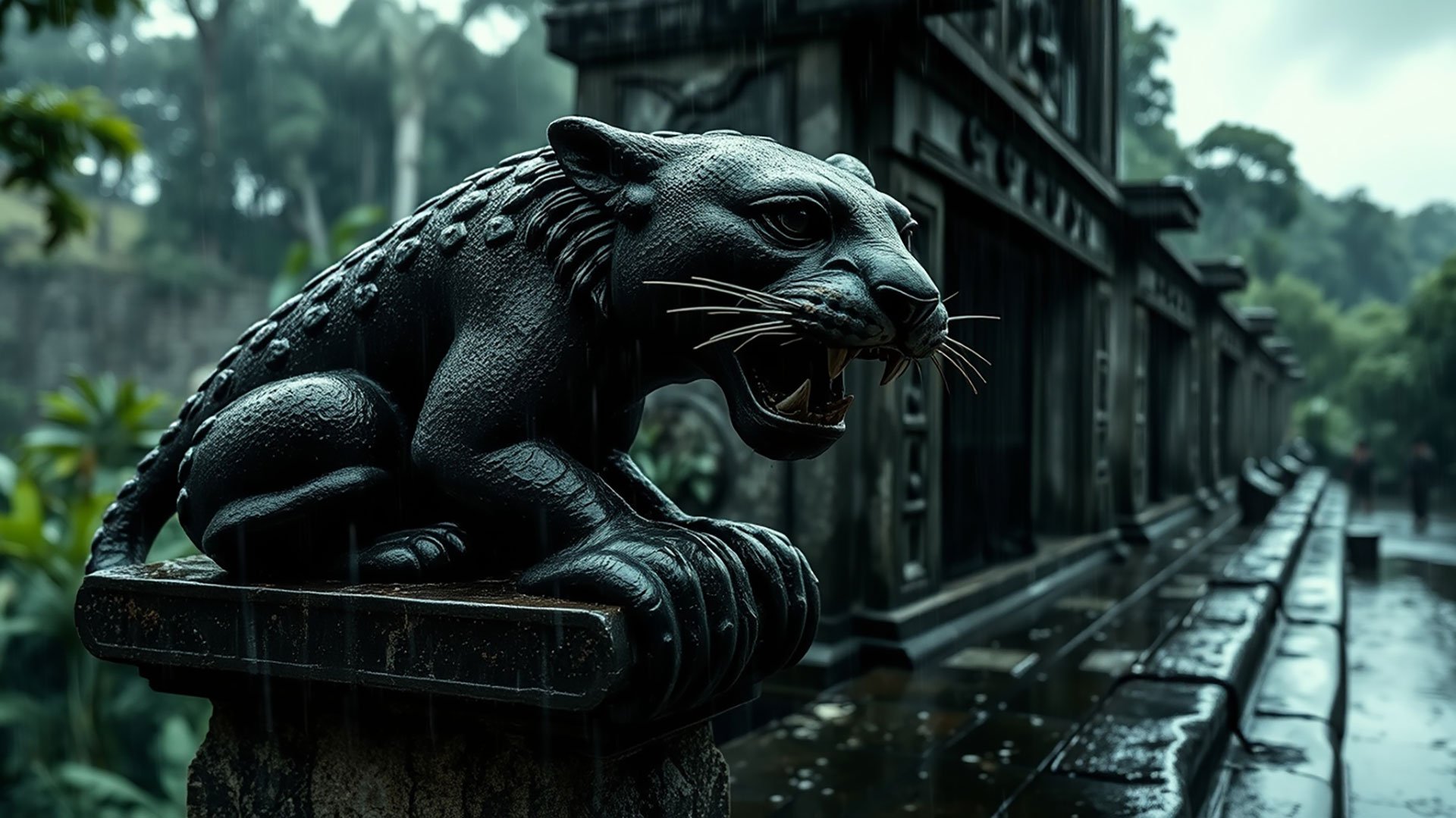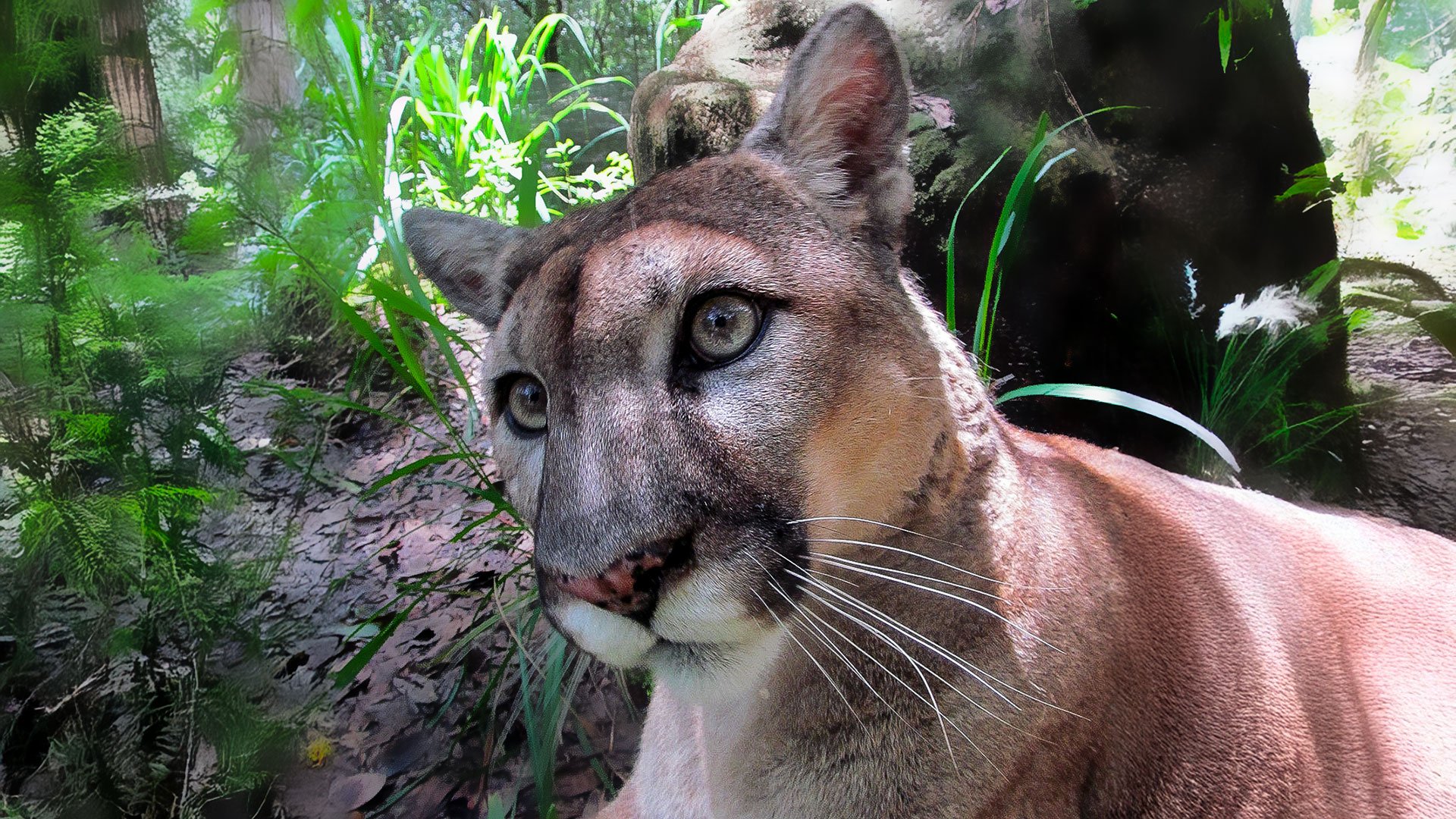Silent Threats: The Impact of Anticoagulant Rodenticides on Washington's Wild Cats
Mountain Lion
In the heart of Washington's diverse ecosystems, majestic wild felids like bobcats and cougars roam freely, embodying the untamed spirit of the Pacific Northwest. However, beneath this veneer of wilderness lies a growing concern that threatens these magnificent creatures: exposure to anticoagulant rodenticides (ARs).
Understanding Anticoagulant Rodenticides
Anticoagulant rodenticides are chemicals commonly used to control rodent populations. They work by inhibiting the blood's ability to clot, leading to internal bleeding and, ultimately, death in rodents. Unfortunately, the impact of these poisons doesn't stop with their intended targets. Predators and scavengers that consume poisoned rodents can also ingest these toxins, leading to secondary poisoning.
The Unseen Danger to Wild Felids
Recent studies have highlighted the prevalence of AR exposure among wild felids in Washington. Notably, brodifacoum, a second-generation anticoagulant rodenticide, and diphacinone, a first-generation anticoagulant, were frequently detected in these animals. The presence of these toxins in top-tier predators is alarming, as it indicates a broader ecological issue.
Wild cats, such as bobcats and cougars, play a pivotal role in maintaining the balance of their ecosystems. They help regulate prey populations, ensuring that no single species dominates the landscape. When these predators are compromised, it can lead to cascading effects throughout the ecosystem, disrupting the natural harmony.
The Path to Exposure
The primary route of AR exposure in wild felids is through the consumption of contaminated prey. Rodents that have ingested these poisons become easy targets due to their weakened state. When predators consume these poisoned animals, the toxins accumulate in their systems. Over time, even sub-lethal doses can impair their health, affecting their ability to hunt, reproduce, and survive.
Beyond the immediate risks of internal bleeding, anticoagulant rodenticides can also have long-term, devastating effects on a wild cat’s immune system. Studies have shown that chronic exposure to these toxins weakens their ability to fight off infections, making them more vulnerable to diseases like mange. Mange, caused by parasitic mites, leads to severe skin irritation, hair loss, and open wounds that invite bacterial infections. As the infection spreads, the wild cat becomes increasingly debilitated, often leading to starvation or secondary infections that prove fatal. This slow and painful decline highlights how AR exposure doesn’t just kill outright—it weakens an entire population over time, making conservation efforts even more urgent.
Broader Implications for Ecosystems
The impact of ARs extends beyond individual animals. Raptors, such as bald eagles, have also been victims of secondary poisoning. A study on bald eagle mortality in the Canadian Maritime Provinces identified poisoning, including from anticoagulant rodenticides, as a significant cause of death. This underscores the pervasive threat these chemicals pose across various species and regions.
A Call to Action
The plight of Washington's wild felids serves as a poignant reminder of the unintended consequences of human actions. However, there are steps we can take to mitigate this issue:
Adopt Alternative Rodent Control Methods: Integrated pest management strategies emphasize prevention, sanitation, and the use of non-toxic control methods. By reducing reliance on chemical rodenticides, we can minimize the risk of secondary poisoning.
Support Legislation: Advocate for regulations that restrict the use of harmful ARs, especially second-generation anticoagulants known for their persistence in the environment and higher toxicity.
Raise Awareness: Educate communities about the dangers of ARs and promote the use of safer alternatives. Public awareness can drive change in both consumer behavior and policy.
Support Conservation Efforts: Organizations like Big Cat Rescue are at the forefront of protecting wild felids and their habitats. Consider contributing to their initiatives, which aim to preserve these majestic creatures for future generations. Donate now!
Conclusion
While the challenges posed by anticoagulant rodenticides are significant, they are not insurmountable. By embracing responsible practices and supporting conservation efforts, we can safeguard Washington's wild felids and ensure the continued health of our planet's ecosystems. Together, we can turn the tide and create a harmonious coexistence between humans and wildlife.
Learn more: https://cwbm.ca/wild-felid-anticoagulant-rodenticide-exposure-in-washington/


